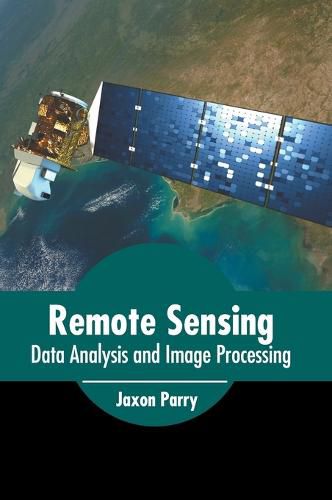Readings Newsletter
Become a Readings Member to make your shopping experience even easier.
Sign in or sign up for free!
You’re not far away from qualifying for FREE standard shipping within Australia
You’ve qualified for FREE standard shipping within Australia
The cart is loading…






The information gained about an object or phenomenon without making any physical contact with that object is known as remote sensing. This information has four characteristics. They are spatial, temporal, spectral and radiometric resolution. This domain can be divided into two types; Active and passive remote sensing. Active remote sensing is the reflection of signal emitted by a satellite that is indentified by the sensor. Passive remote sensing is the reflection of the light of the sun that is identified by the sensor. This field is used in various other fields such as land surveying, ecology, meteorology, oceanography, hydrology and geography. It also has various commercial, military, planning, intelligence and humanitarian applications. Weather forecasting and reports on climate change are some of the other areas where this discipline finds its application. The book aims to shed light on some of the unexplored aspects of this discipline. It also outlines the processes and applications of remote sensing in detail. It will serve as a valuable source of reference for those interested in this field.
$9.00 standard shipping within Australia
FREE standard shipping within Australia for orders over $100.00
Express & International shipping calculated at checkout
The information gained about an object or phenomenon without making any physical contact with that object is known as remote sensing. This information has four characteristics. They are spatial, temporal, spectral and radiometric resolution. This domain can be divided into two types; Active and passive remote sensing. Active remote sensing is the reflection of signal emitted by a satellite that is indentified by the sensor. Passive remote sensing is the reflection of the light of the sun that is identified by the sensor. This field is used in various other fields such as land surveying, ecology, meteorology, oceanography, hydrology and geography. It also has various commercial, military, planning, intelligence and humanitarian applications. Weather forecasting and reports on climate change are some of the other areas where this discipline finds its application. The book aims to shed light on some of the unexplored aspects of this discipline. It also outlines the processes and applications of remote sensing in detail. It will serve as a valuable source of reference for those interested in this field.